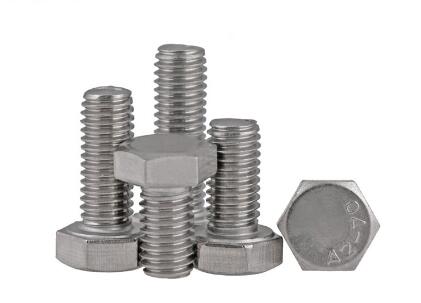Stud Bolts Unveiled: Harnessing the Benefits in Specialized Applications
2023-11-28
Introduction:
In the intricate world of fasteners, where each component plays a vital role in the stability and integrity of structures, stud bolts emerge as versatile and valuable assets. These double-ended threaded fasteners bring a unique set of benefits to certain applications, offering solutions where regular bolts might fall short. In this blog, we'll explore the distinctive advantages that stud bolts bring to the table and unveil why they are preferred in specific scenarios.
1. Versatility in Assembly:
Stud bolts offer a high degree of versatility in assembly, particularly in situations where one side of the connection is challenging to access. By threading the stud into one component and securing the other end with a nut, assembly becomes more manageable, allowing for precise alignment and installation even in confined spaces.
2. Alignment Assistance:
Stud bolts act as guides during assembly, aiding in the alignment of components. The threaded end secured with a nut serves as a reference point, simplifying the process of bringing together two or more elements, reducing the risk of misalignment and ensuring a more precise fit.
3. Reduced Risk of Thread Damage:
Unlike regular bolts where the entire length is threaded, stud bolts minimize the risk of damaging threads during assembly. This is especially advantageous when working with materials that are sensitive to abrasion or when dealing with intricate components that require careful handling.
4. Enhanced Load Distribution:
Stud bolts contribute to improved load distribution in bolted joints. The double-ended threading allows for a more even distribution of forces, reducing the likelihood of localized stress on the connected components. This is particularly crucial in applications where load distribution is a critical factor for structural integrity.
5. Easier Maintenance and Repairs:
Stud bolts facilitate easier maintenance and repairs. In scenarios where components need to be disassembled and reassembled frequently, the use of stud bolts simplifies the process. The threaded end, once secured with a nut, provides a stable point for repeated disassembly and reassembly without compromising the integrity of the threaded connection.
6. Time and Labor Efficiency:
Stud bolts can contribute to time and labor efficiency, especially in large-scale projects. The ability to thread one end into a component and secure the other end with a nut accelerates the assembly process, saving time and effort compared to threading a bolt through multiple components.
Conclusion:
Stud bolts, with their unique design and array of benefits, stand as valuable assets in specific applications. Their versatility, alignment assistance, reduced risk of thread damage, load distribution capabilities, ease of maintenance, and corrosion resistance make them preferred choices in scenarios where these attributes are paramount. As engineers, builders, and maintenance professionals continue to seek efficient and reliable solutions, stud bolts will likely continue to play a pivotal role in fastening technology, ensuring that structures are not just connected but connected with precision and durability.



